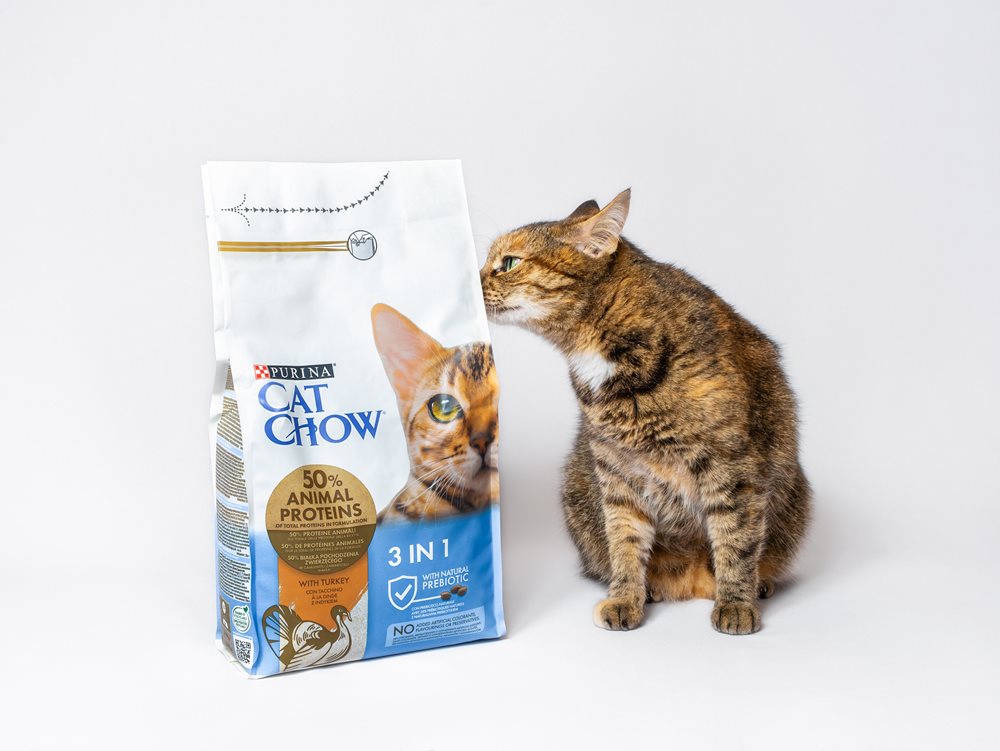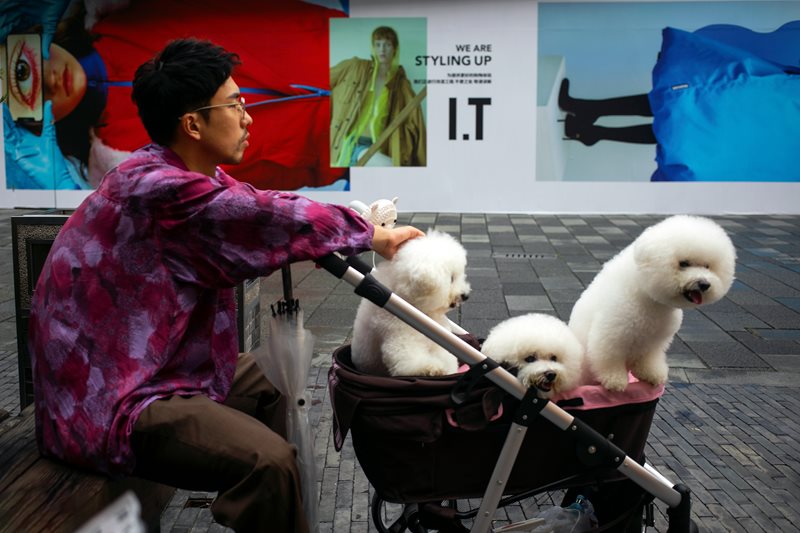In China, people increasingly view their pets as valued members of their families and behave as doting pet ‘parents’.
This mindset is prompting people to spend more and more on their pets. And we’ve seen some striking examples of this, including the rise of pet weddings in China – with one couple recently taking months meticulously to organize a ceremony for their dogs, designing wedding booklets, commissioning a professional photographer and spending 800 yuan ($110) on a cake!
The country’s thriving pet market is expected to continue growing rapidly, driving demand for a diverse range of products and services and creating ample prospects for international companies.
By 2030, there will be more pets in China's cities than children in the whole of the country, a striking shift fueled by ‘double income, no kids’ (DINK) Millennials, affluent pet-loving youth and a silver haired generation finding companionship in furry friends.
Main opportunity areas
So, where are the big opportunities for pet product companies?
-
Pet food
Top of the list, the openings in China for pet food companies are diverse and present immense growth potential as pet ownership continues to rise.
According to a Goldman Sachs report, pet food is one of the fastest growing consumer sectors in China and could surge to be worth $15 billion by 2030.
The Chinese pet food market spans multiple categories including dry food, wet food, treats, snacks and nutrient supplements – each providing entry points for companies to meet consumer needs.
Pet food providers which emphasize quality, safety and health benefits have a particular chance to thrive. International brands are often perceived as higher quality, prompting many Chinese consumers to seek out their products.
International players like Royal Canin and Purina are already big in China, and we’re seeing increasing interest in niche, specialist, organic brands that sell high-purity, nutrient-dense, minimally-processed products – even if at a premium price.

-
Pet medicine
Medicine is the second-largest market segment in China’s pet industry. Valued at around $3.12 billion in 2023, it’s projected to grow at an annual rate of 8.2% between now and 2030.
This sector covers a range of products and services including preventive care, veterinary pharmaceuticals, vaccines and advanced treatments for chronic conditions.
For companies outside China, the market offers opportunities to fill gaps in the country’s domestic offerings.
Chinese companies are struggling to meet the demand for innovative therapies for conditions including cancer and arthritis.
Additionally, China faces a shortage of veterinary professionals, particularly in rural areas, creating opportunities for international companies to provide advanced training and specialized services.
Digital healthcare is also gaining momentum, with pet telemedicine platforms offering virtual consultations to address access gaps and improve convenience for pet owners.
This presents new avenues for international players to introduce connected health solutions, remote diagnostics and telehealth platforms into an underserved and fast-digitizing market.
-
Pet tech
Technology represents another exciting area of growth, with Millennial and Gen-Z consumers combining their passion for pets and tech.
They are turning to innovations to enhance the well-being, safety and entertainment of their pets. From smart feeders to health-monitoring wearables, automated pet toys and GPS trackers, there’s demand for a wide range of products that meet the needs of a generation accustomed to convenience and connectivity.
And, in this domain, many pet owners are looking to overseas brands because of the perceived higher safety standards of international products – despite, ironically, many of them being contract-manufactured in China.
In fact, young, hip Chinese consumers are more likely to purchase a cheap ‘no-name’ product from Temu for themselves than for their pets. Whether it’s a robotized litterbox, a smart feeder or an all-in-one grooming kit, perceived quality is everything.

Overcoming the challenges
Despite strong demand and high growth potential, however, international pet brands face several challenges when entering the Chinese market.
Regulatory requirements are intricate and often time-consuming, with strict rules around product registration, labeling and safety standards posing early obstacles for many foreign companies. Internationally-recognized certificates like the CE mark are, in many cases, insufficient to start trading in China.
Consumer preferences can be difficult to interpret from afar, as online insights available in the west are often limited or outdated, and the market is evolving quickly with local competitors adapting at speed.
Language, cultural differences and the complexity of the local digital ecosystem also present barriers for new entrants.
This is why doing your homework and seeking advice from specialists with deep knowledge of the Chinese market is essential.
Equally important is having people on the ground – those who have strong networks across retail and ecommerce, understand local consumer behavior and can open the right doors to trusted partners and sales channels.
Without a local presence, it’s difficult to navigate this landscape and compete effectively.
Don’t miss out!
So, as unmarried Millennials progress into middle age and Gen-Z enters the workforce, the consumer base for the pet industry is booming.
These generations are increasingly choosing pets over children and willing to spend big on their furry friends, presenting a prime opportunity for companies worldwide to tap into a market that’s both large and fast growing.
Don’t miss out on the potential!
To discuss the opportunities for your business in China’s pet industry, you can contact Casey at casey.sullivan@intralinkgroup.com